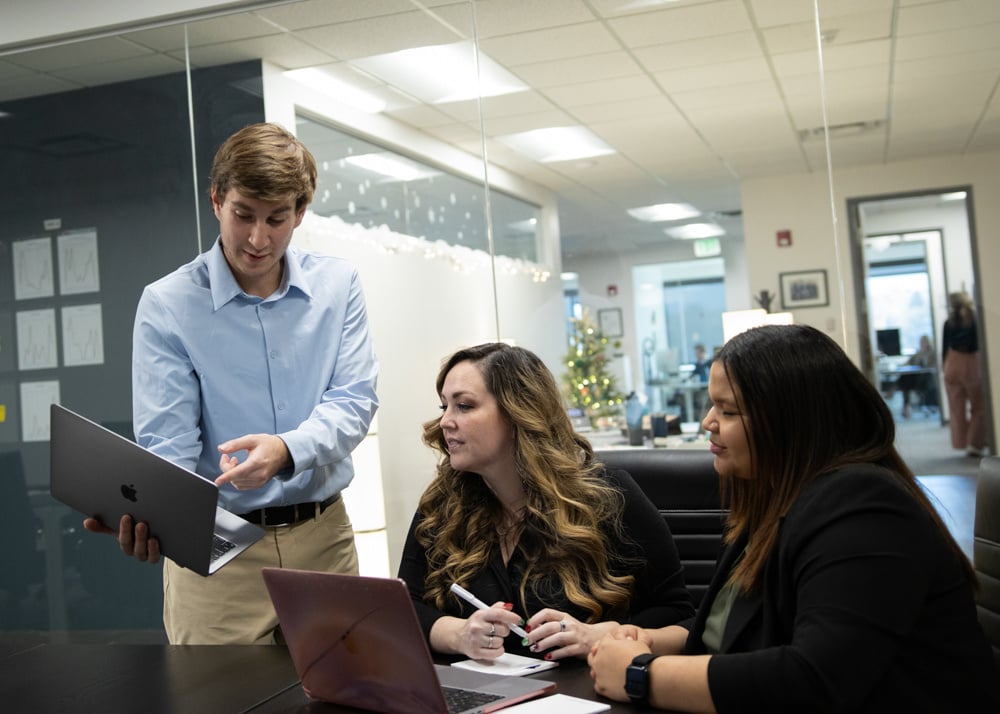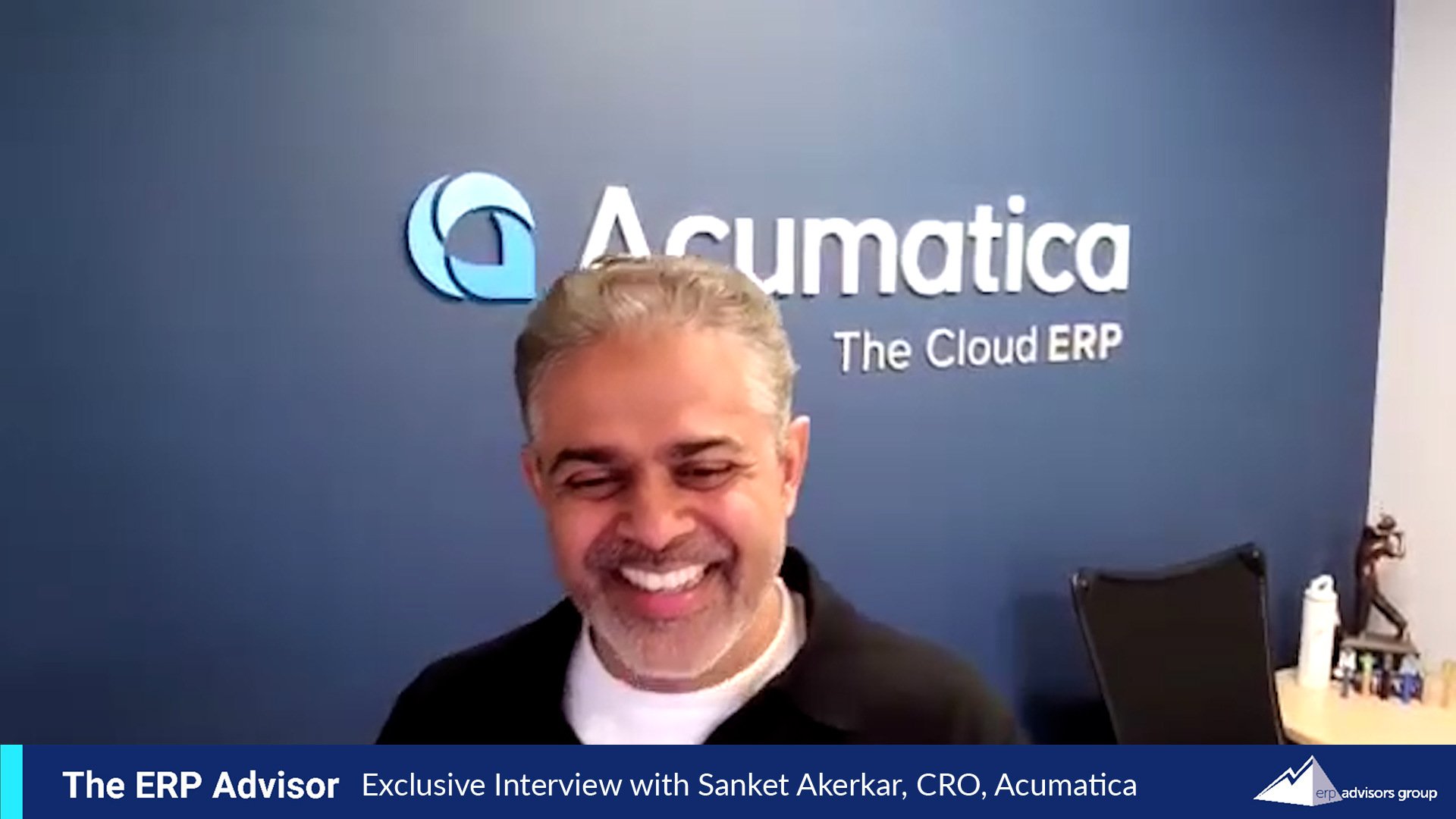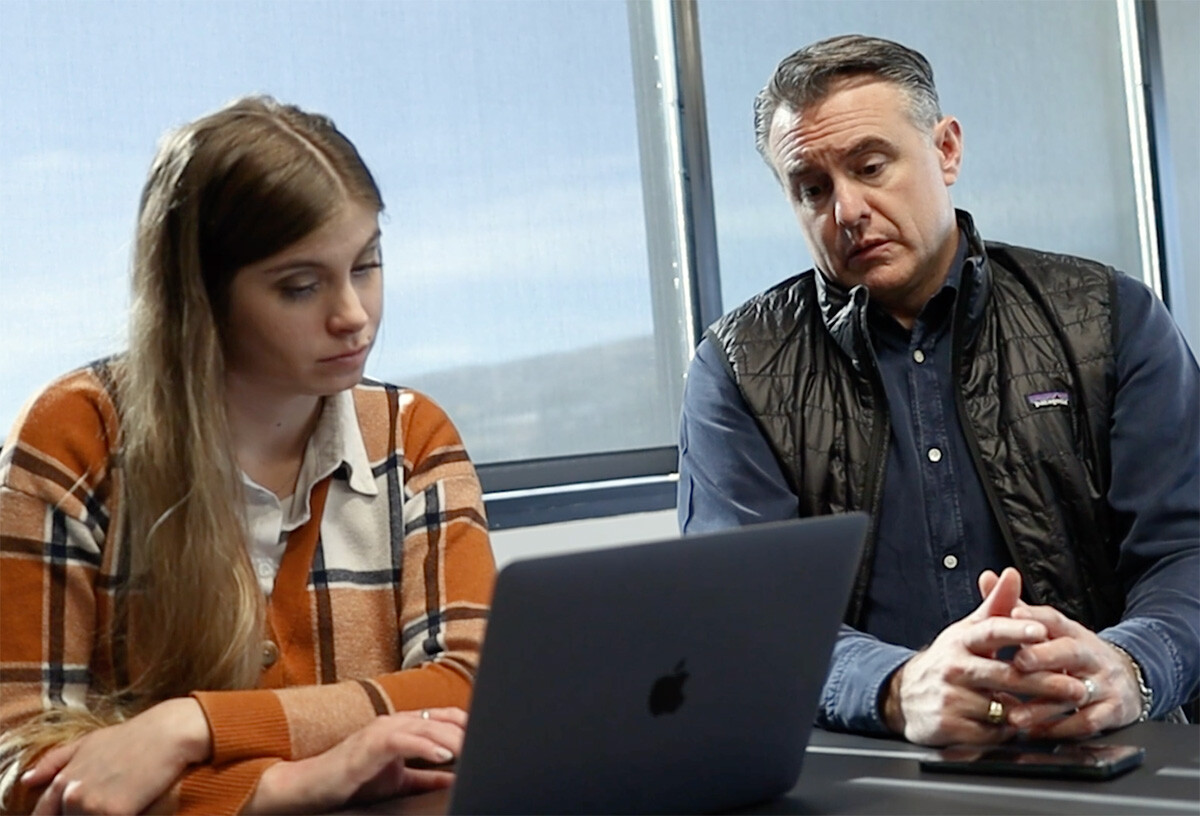
Many Manufacturers are now offering adjacent services to their core manufacturing activities, whether through acquisitions or internal expansion. When manufacturers break into these adjacent services, it forces them to identify and develop an ERP strategy that will meet their requirements for new processes that lie outside the manufacturing lifecycle. But how can a manufacturer ensure their new business needs are met while maintaining the integrity of their manufacturing processes? In this episode of The ERP Advisor, Shawn Windle will review case studies for unique manufacturers and how they successfully managed their business requirements and expanded into adjacent services.
ERP Implementation Case Study Series: Manufacturers
In today’s market, manufacturers are no longer solely defined by their manufacturing processes. Most traditional manufacturers are expanding their business offerings to include other segments of the value chain, ultimately enabling them to deliver even more to the clients they already serve.
Why Manufacturers are Considering New ERP
For decades, manufacturers have been operating on legacy ERP systems that, on the surface, were doing exactly what the businesses needed them to do. And then, COVID-19 happened. Traditional processes were thrown out the window, making it difficult for manufacturers to combat inventory requirements, and reshaping their digitalization strategies. The growth immediately following COVID was substantial and gave manufacturers the bandwidth to move into more high-tech facilities. Key employees now recognized the business opportunities made possible by new software and they were willing to stick their necks out to do what was right for the business.
Their legacy ERPs continued to get older, with developers retiring and new infrastructure unable to support the system. Ultimately, an ERP upgrade often has become necessary for manufacturers to stay relevant and competitive.
How are Adjacent Services Impacting Manufacturing ERP Requirements?
It would be a mistake to think of an organization solely as a manufacturer anymore. Today’s manufacturer may perform design, engineering, development, or create CAD drawings or blueprints. They may also have services that relate to construction or installation, meaning they build and then install their product. Some manufacturers also distribute their own products which could mean they employ a variety of shipping and/or storage methods. Finally, they may serve not only their own direct customer, but their customer’s customers by way of technical support, parts, and repairs.
These nuances mean manufacturers need specialized tools to meet all their needs. They may require tools for make-to-order processes, a Configure, Price, Quote (CPQ) system to ensure product quality or a sophisticated job costing tool. Whatever it is, these requirements were not widely available in legacy systems so the business would perform these tasks outside of the core software or they would create a host of custom apps to serve their needs. However, packaged applications have begun offering continually more sophisticated features that are affordable to medium-sized businesses in the last 20 years. Therefore, savvy manufacturers who need new software solutions can automate more of their business than they could when they implemented their legacy product.
Case Study #1: Elevator Parts Manufacturer with Emerging Services Requirements
The goal of this private equity-owned client was to provide more value to existing customers by extending its value chain. This client was experiencing significant growth and synergistic savings, enabling them to acquire many businesses and eliminate costs associated with disjointed or redundant processes. They were already manufacturing the parts so the real expansion would be in adjacent services, specifically machine maintenance. Ultimately, they would make the parts or purchase them (applying a distribution model), then they would deploy employees on-site to install the system (requiring job costing solutions), and finally, they would have to develop a model for ongoing support (needing a solution for service and inspections requirements). They needed real innovation to free up owners to do more value-added work and a way to interact with the real estate management companies in order to do preventative maintenance on the elevators.
With all these unique requirements, the company needs to consider its technology strategy. Did they need to deploy a best-of-breed strategy for adjacent services or rely on a platform model? Maybe they only needed a core ERP with appropriate bolt-ons for services, etc. The answer is not always clear. In this client’s case, they needed visibility across all their data, and it needed to be standardized. With these criteria in mind, an extendable platform made sense.
During their implementation, intentional change management became vital to ensuring project success. Their staff was less sophisticated with software and there was a gap between what management wanted and what their people could immediately consume in the way of new software. This meant they needed to prioritize training and change management during their implementation. By effectively doing so, they were able to reach a successful go-live.
Case Study #2: International Roll-Up of Specialized Manufacturers & Distributors in the HVAC Industry
This project oversaw at least four different businesses, operating four different ways, and on four different systems. Additionally, some processes were outsourced, some revolved around designs, and others went through the parent company. Being in the HVAC industry, the company needed to be able to adapt to requirements by location, building codes, and international specifications while being able to track parts back to the manufacturing process in case of issues or recalls. The variance was great and made for not-so-simple, straightforward manufacturing system requirements.
As a roll-up, they were not merging all businesses into one company, they were keeping all four separate, operating entities. The goal was to consolidate processes where possible to create some standard approaches to facilitate sharing one ERP.
The implementation brought on unique challenges, especially with so many moving pieces. They wanted to standardize their processes while also keeping each business uniquely operating. At the end of the day, every business had ten different ways of operating and was dealing with normal turnover. The goal became the standardization of processes to create a blueprint for business alignment. From there, they could apply the outline to each subsequent business and make tweaks to meet their unique needs throughout their implementation.
Case Study #3: Early-Stage Start-Up Building Energy-Efficient Air Conditioners
The final client was in a very different position, planning to emerge from the research and development, or prototyping phases, into the commercialization of their product. At this point in the process, the business is not fully functional and lacks a Bill of Materials, a process for production, or may not even have all the pieces to build their product.
Their focus was on business processes, NOT the manufacturing requirements. The business needed to understand if they would perform the manufacturing process or if they would contract that out while they focused on research and development, operations, sales, distribution, or other business logistics. Sometimes start-ups end up with something completely different than they originally thought. With the strategy in mind, software can provide the platform to help them achieve their goals.
Conclusion
Manufacturers are vast, and each needs a different way to execute their goals and apply a technological strategy to prepare for future expansion. As the market changes, more and more manufacturers will look to extend their value chains by offering adjacent services to their clients, from production to distribution to installation and servicing. Manufacturers can set the foundation with a software strategy meant to support the business for years to come, but this is not an easy feat to conquer alone. Start your journey today by scheduling a free consultation with our expert ERP consultants.





